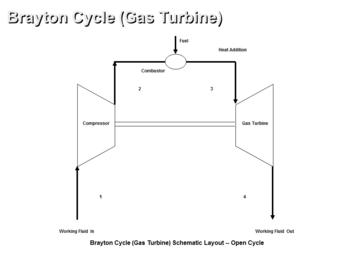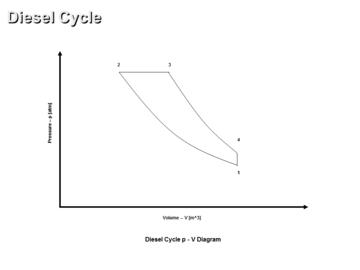Combustion Analysis CE 1 Hour Quiz
English
30-Day Money Back Guarantee
Full Lifetime Access
Self-Paced
Finish in
60 mins!
Finish in
60 mins!
Made for for
Employees
and
Supervisors
Employees
and
Supervisors
No Certificate
Provided
Provided
Mobile -
Friendly
Access
Friendly
Access
What you'll learn
Combustion Analysis CE 1 Hour Quiz
This quiz is intended for Professional (Licensed) Engineers and upon successful completion of the quiz, the student will get 1 hours of CE credit.
Upon successful quiz completion, Engineering Software will provide a copy of the Course Certificate in a PDF form.
Skills covered in this course
Description
A ten (10) question quiz for the Combustion Analysis course. This quiz is intended for Professional (Licensed) Engineers -- upon successful completion of the quiz, the student will get 1 hour of CE credit.
In order to successfully pass the Quiz, the student needs to answer at least 70 [%] of the questions correctly. There is a time limit of 30 [min] per question. The Quiz can be taken as many times as required.
Combustion Analysis course material is required to take for this Quiz!
In order to successfully pass the Quiz, the student needs to answer at least 70 [%] of the questions correctly. There is a time limit of 30 [min] per question. The Quiz can be taken as many times as required.
Combustion Analysis course material is required to take for this Quiz!
Furthermore, upon successful quiz completion, Engineering Software will provide a copy of the Course Certificate in a PDF form either in an e-mail directly as an attachment and/or providing a URL for it -- Engineering Software can always mail a copy of the Course Certificate to the student and/or mail it where it needs to go for the record.
Note: For Engineering Software quizzes and/or courses hosted by Coggno, students from Florida, Louisiana, New York and North Carolina states should consult their State Licensing Boards for pre-approval of all continuing education.
It is the responsibility of the individual learner to be sure that he or she is meeting continuing education requirements for each license and corresponding renewal period!
Author
His engineering professional experience of forty (40) years includes performing analytical modeling and computer modeling of physical properties, power cycles, power cycle components/processes and compressible flow components. Also, it includes conducting conceptual design, analysis and evaluation of energy conversion systems for basic and simple power and propulsion cycles.






